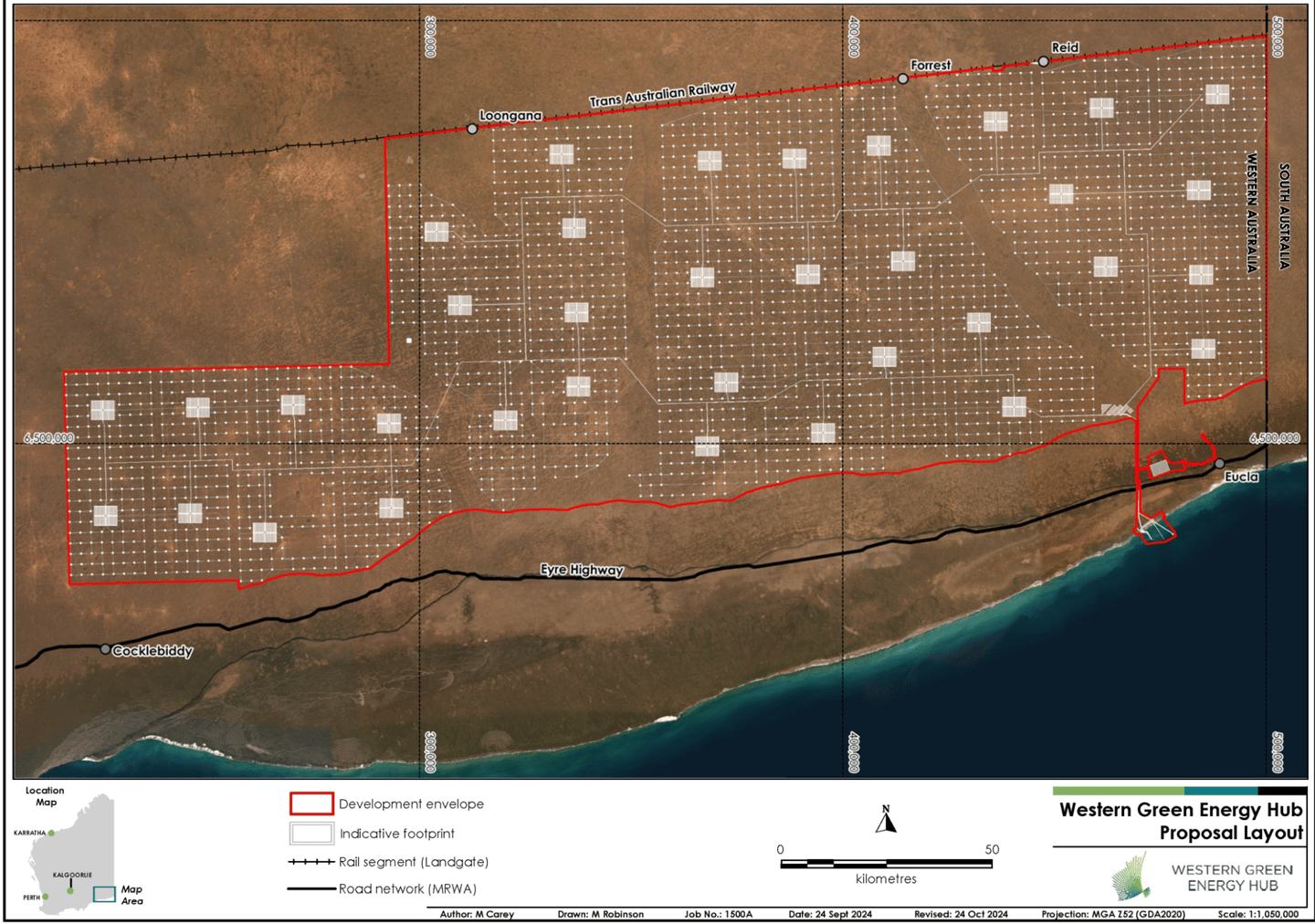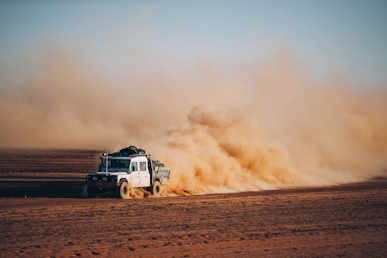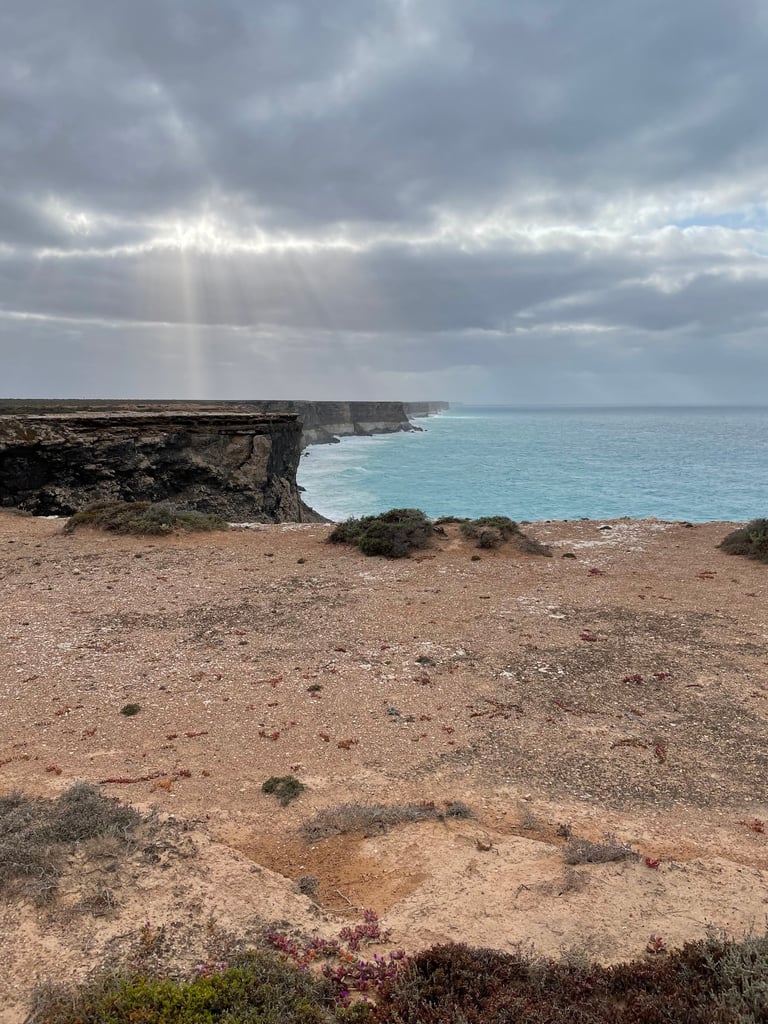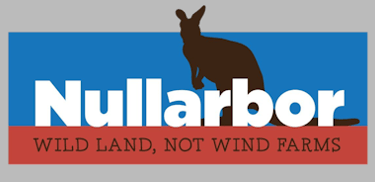The global energy giant, InterContinental Energy (ICE), announced a major development for the West Australian side of the Nullarbor in 2021. The development, known as the Western Green Energy Hub, (WGEH), aims to produce a huge 50 gigawatts of green energy, a capacity about 12 times the size of the current West Australian power grid.
This development is not for the production of electricity to help supply the WA power grid, but to produce hydrogen and ammonia, all for export.
This development will IRREVERSIBLY DESTROY the ecosystems, the heritage values and the caves found on the biggest piece of arid karst on earth.
Potential destruction of the largest karst & cave systems on earth:
The Nullarbor

Energy for Export
Stop the hydrogen and ammonia industry planed for the Nullarbor.


Solar, Wind farm, ammonia production plant and hydrogen electroliser plants, new port and a new town for the Nullarbor Plain have now been sent to the Federal Dep't of Climate Change, Energy, Environment and Water for assessment under the EBPC Act.
Read the associated documents here
Write to the Federal Member for the Environment, Murray Watt to voice your concerns and help us put a stop to the development.
Watch our film showing the environmental values of the Nullarbor under threat

The Nullarbor's fragile topsoil is held together with a biofilm stabilised by delicate biological crusts formed from lichens and bacteria which, if disturbed, creates a dust bowl.
BULLDUST


The Nullarbor is an integrated landscape, which means that any disturbance of the surface affects many aspects of the whole system. The building of roads and burial of cables for example affects surface drainage, creating soil movements and sediment flows, that can then block underground cavities. This in turn impacts the caves air flows, humidity and the habitats of cave biota.
What will happen if these developments go ahead?
Why is the Nullarbor so valuable?
It is not just desert
The Nullarbor contains the largest single exposure of arid limestone bedrock in the world occupying an area of around 250,000 square kilometres.
It is underpinned with spectacular caves with saline lakes and halite formations metres in length. The surface records: ancient sand dunes, pocket valleys, ancient river beds (paleochannels) and ancient reefs.
Its Caves and surface record significant cultural heritage dating back 30,000 years
The values that the Nullarbor holds, cultural, and natural meet seven World Heritage Criteria, yet the Nullarbor has little legislative protection on the WA side, with a range of protections, a National Park, A Wilderness Protection Area and Regional Reserve on the SA side.


Let's put the Nullarbor Caves & Karst on the
National and World Heritage Lists
This process will take time and money.
$50,000 is required and we need your help.
Tax-deductible donations can be made to the ASF’s Nullarbor Campaign via the Karst Conservation Fund.
Things to do urgently
Write to your local member and WA state and Australian federal ministers
Post on social media about the problem
Email this flyer or pin it to the notice board
Donate time and/or money to the campaign
Join your local action group
The Conversation The Nullarbor’s rich cultural history, vast cave systems and unique animals all deserve better protection (Newspaper Article)
Background Briefing Paper
Valuing the Nullarbor Clare Buswell 2024 (Download PDF)








